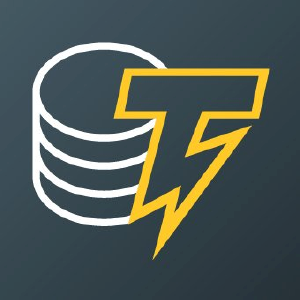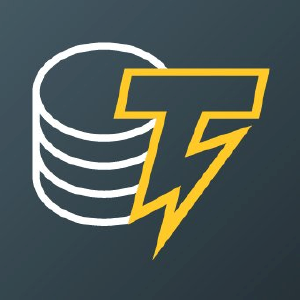Standardization is essential to enable crypto adoption
4 min read
Opinion by: Axel Schorn and Dr. Duc Au Traditional stocks, bonds and commodities markets have long benefited from well-established standards governing the flow of information and data. These standards underpin the seamless functioning of trading, settlement and regulatory compliance, ensuring all participants can rely on the same consistent frameworks. As the financial industry moves into decentralized finance (DeFi) with the introduction of digital assets, like crypto assets and tokenized securities, the lack of such standards presents a growing challenge . While digital assets promise transformative potential, their fragmented information landscape risks undermining their adoption and integration into the broader financial ecosystem . Independent platforms like CoinMarketCap or CoinGecko provide information on various tokens, but this data varies significantly regarding market capitalization, total supply and other relevant reference data. Several global initiatives by private foundations and associations are working toward standardization. Traditional frameworks as a guideline Just as standardized financial data has been instrumental in building trust and facilitating growth, digital assets need their global standards. According to studies, standards generate overall economic benefits estimated at 17 billion euros annually in Germany alone. For traditional assets, a clear hierarchy of the International Organization for Standardization (ISO) exists to unambiguously categorize and identify each asset. The International Securities Identification Number (ISIN) is the global standard for uniquely identifying all types of financial instruments, including equities, debt, derivatives and indexes. The Certification of Financial Instruments (CFI) is the internationally recognized system for classifying financial instruments. It is defined when a financial or reference instrument is issued and remains unchanged. The Financial Instrument Short Name (FISN) outlines a standardized approach to short names and descriptions for financial instruments. Unlike ISIN and CFI, the FISN is not intended to be machine-readable but to provide a short format for key information about security for human use. National Numbering Agencies (NNA), responsible for collecting registration data such as issuer information, instrument types, terms and trading conditions, assign ISIN, CFI and FISN. The Association of National Numbering Agencies maintains the identifiers and data in a global database. For countries that do not have an NNA, four global Substitute Numbering Agencies assign identification to those countries. Recent: DePIN needs a more cohesive narrative for mass adoption ISINs are allocated to financial instruments regardless of the technology used for creating the respective instruments, both in paper form and electronic form, thereby including tokenized instruments such as crypto securities according to the German Electronic Securities Act. For tokens with an apparent geographical reference, such as the issuer of a security token residing in Germany, the responsible NNA will allocate the ISIN. Regarding tokens for referential instruments without an apparent geographical reference — e.g., Bitcoin ( BTC ), where the issuer’s country cannot be identified — an ISIN with the prefix “XT” is allocated from Etrading Software. This helps to identify the instrument on the token level. More exemplary data fields on the token level are the type of token, hash function and generation mechanism. Focused on the instrument level, additional data elements like the token’s blockchain are needed. For this purpose, the Digital Token Identifier Foundation, which is responsible for allocating this new identifier, provides the so-called Digital Token Identifier — e.g. DTI, ISO 24165. Key working theses regarding the standardization of digital assets Crypto identifiers could become mandatory. Similar to traditional assets using systems like ISINs, digital assets will adopt unique identifiers for cryptocurrencies and tokenized securities. These identifiers will facilitate tracking, trading and reporting across exchanges and custody providers, enabling seamless integration with legacy financial systems. Data standards will enhance transparency and compliance: With increasing regulatory scrutiny, standardized data formats will emerge for compliance and risk management. Global coordination will drive interoperability: The standardization of digital assets will rely on global collaboration among regulatory bodies and financial institutions. International organizations will play pivotal roles in creating frameworks that ensure interoperability across jurisdictions and reduce market fragmentation and, thus, inconsistencies in information handling. Initial steps have been taken toward unambiguously identifying digital assets with generally accepted ISO identifiers. Combined with a European Union-wide regulation such as the regulation on Markets in Crypto-Assets (MiCA) , the industry lays the foundation for more significant adoption. It remains to be seen how investors and the digital assets player will further progress toward more standardization and what roadblocks may arise to be solved. Opinion by: Axel Schorn and Dr. Duc Au This article is for general information purposes and is not intended to be and should not be taken as legal or investment advice. The views, thoughts, and opinions expressed here are the author’s alone and do not necessarily reflect or represent the views and opinions of Cointelegraph.

Source: CoinTelegraph





